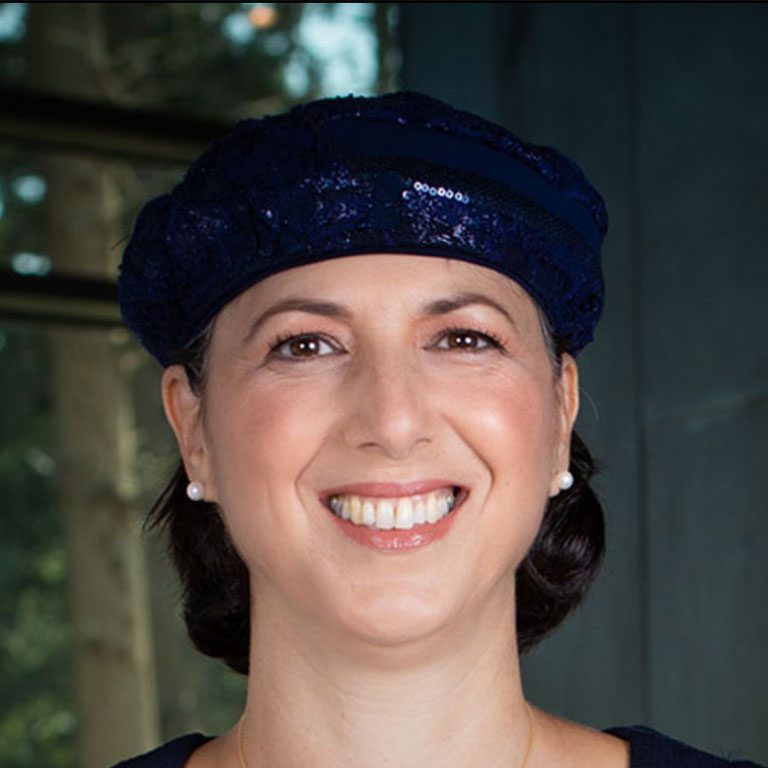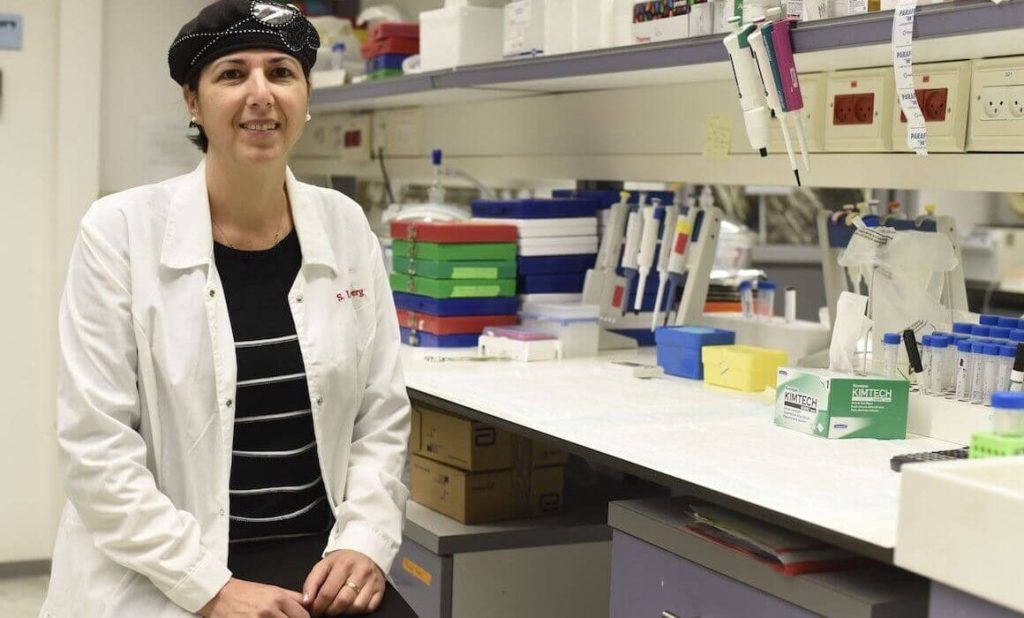News & Events
News

17 April 2024
Technion Researchers Pioneer Non-Invasive Ultrasound-Assisted Drug Delivery and Tissue Implantation
y using ultrasound, we can build engineered tissues deep inside the body without exposing the treated area, offering a much safer and more effective solution for patients
Innovative Method for Deep Tissue Bio-Printing Developed by Prof. Shulamit Levenberg
Researchers at the Technion Faculty of Biomedical Engineering have developed a groundbreaking technique for delivering live cells and tissues deep within the body using ultrasound technology. Led by RTICC-affiliated member Prof. Shulamit Levenberg of the Technion Faculty of biomedical Engineering, the method offers a non-invasive alternative to current surgical approaches, paving the way for safer and more efficient biomedical treatments.

The novel approach, designed by Prof. Levenberg’s team, involves the use of external sound waves to precisely deliver biological materials such as cells or drugs to specific locations within the body. The process, which uses an injectable biological fluid ink, allows for the construction of engineered tissue without the need for invasive surgeries. This method significantly reduces the risks associated with traditional procedures, such as infection and tissue damage, and shortens recovery times.
The key to the technique lies in an external ultrasonic transducer that emits sound waves, guiding the bioprinting process within the body. This technology is versatile, enabling applications such as localized cell transplantation, controlled drug release, and the creation of custom three-dimensional tissue structures. By adjusting the mechanical properties of the grafts, researchers can tailor treatments to fit the specific needs of the target tissue and control the drug release rate over time.

“Our method represents a major step forward in tissue engineering and drug delivery,” said Prof. Levenberg. “By using ultrasound, we can build engineered tissues deep inside the body without exposing the treated area, offering a much safer and more effective solution for patients.”
This breakthrough holds promise for numerous medical applications, from tissue regeneration to personalized drug delivery, potentially transforming how complex medical treatments are performed in the future.
The research has been published in the journal Small Methods.




